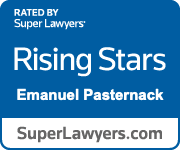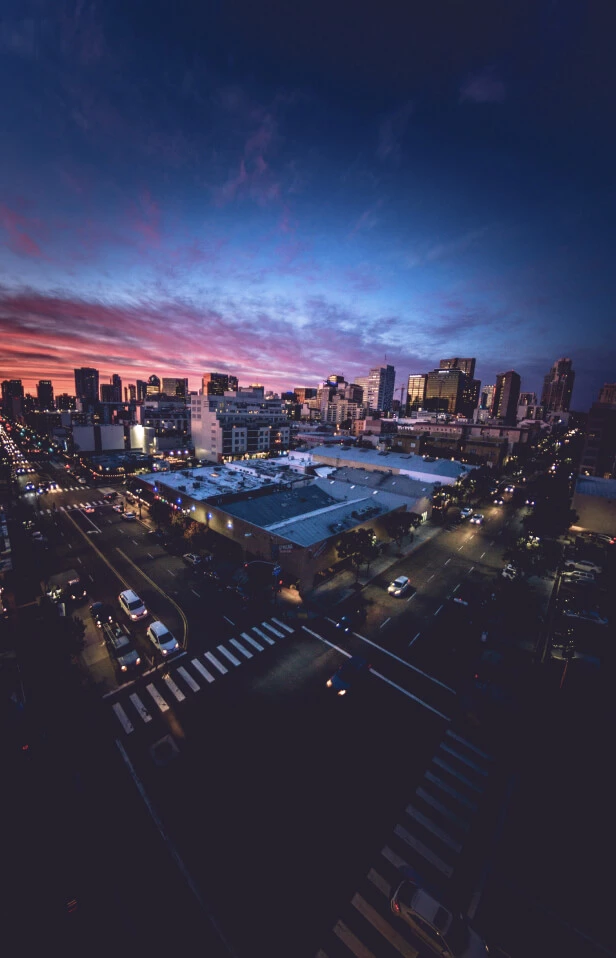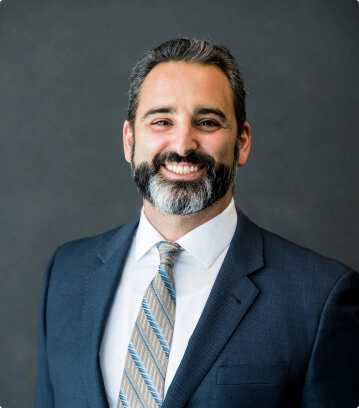Numerous factors can lead individuals to pursue a personal injury claim against another party within the jurisdiction of California. The pursuit of any personal injury claim requires a comprehensive understanding of the applicable laws. This is especially critical when considering a premises liability claim due to hazardous or unsafe conditions on another individual’s property. Slip and fall accidents, in particular, can result in severe and life-altering injuries.
No one should go through this difficult process alone. If you’ve recently been hurt in a slip and fall accident and would like to speak with a San Diego slip and fall lawyer about potential compensation, contact us at Pasternack Injury Law Group. We’re able to represent accident victims in all of Southern California.
Rely on us to get the legal representation you need.
Premises Liability in California
The most important legal concept to understand in cases like this is that of premises liability. This essentially states that a property owner is responsible for keeping their property well maintained and free from hazards to prevent accidents. If you can prove that they were negligent in this respect, they may be found liable for any injuries, and you may have grounds to file a personal injury lawsuit against them.
Importantly, to bring a lawsuit forward, it’s not enough to simply show that a hazard existed—you must prove that the owner either knew about the danger or should have known about the danger and did nothing to address it or provide sufficient notice of the potential hazard. Furthermore, you must be on the property legally, either as an invitee (a guest of the owner) or a licensee (for example, a worker who’s been hired for their services).
Premises liability cases can result in several different types of lawsuits:
- Slip and fall
- Dog bites
- Fires
- Toxic chemical exposure
- Ice and snow accidents
- Swimming pool accidents
- Defective conditions
Under state law, the statute of limitations for filing a slip and fall claim is two years from the date of the accident. The one major exception to this is that if you’re filing a lawsuit for an injury on public property, you only have six months to file an administrative claim.
Determining Liability
The first thing to determine in cases like this is what party is liable for damages, which will vary depending on the circumstances of your case. In general, there are four possibilities:
- Property owner or homeowner: In many cases, the individual who owns the property will be responsible for damages that occur on it. This is often the homeowner, but the building owner will likely be held liable if the accident occurred on a rental property.
- Business owner: If the accident occurred at a business, such as a slip and fall incident at a grocery store, the business owner will be liable.
- Government entity: If you’re injured on public property, such as a city park or inside a governmental building, the government entity will be responsible for paying damages. Remember, with these cases, you only have six months to file a claim, so you’ll need to contact an attorney immediately.
- Your own carelessness: In cases where you were responsible for the accident, you likely won’t be able to pursue damages from anyone. This could occur if you neglected to heed warnings about a potential hazard.
Proving Fault
When you work with your slip and fall attorney, you’ll need to gather evidence to prove liability on the part of the property owner. The first thing you’ll need to demonstrate is the property owner’s duty of care was neglected and that this neglect led to your injury.
For example, if a homeowner knew there were rotted-out boards in their deck that posed a danger and you fell through them, you may be able to bring a lawsuit against the homeowner. In this case, the owner should have either replaced the boards or issued a sufficient warning to his guests to stay away from that area.
Lastly, you’ll need to show that the owner should have known it was dangerous by “reasonable” person standards.
California’s Comparative Negligence Rule
Another key component of a personal injury case in California is the pure comparative negligence rule. This states that fault can be shared by more than one party in a case like this. For instance, if you’re found to be 20% at fault for an accident, your final compensation will also be reduced by 20%. So, if the total settlement was $20,000, you would only receive $16,000.
If you need help understanding comparative negligence in your case, contact a San Diego premises liability attorney from our team.
How Can a Slip and Fall Lawyer Help Me?
A slip and fall lawyer in San Diego handles premises liability cases, offering crucial support if you’ve been injured due to a property owner’s negligence. They investigate the accident, collect evidence, and determine liability. Your attorney will tirelessly work to secure compensation for medical bills, lost wages, pain and suffering, and other expenses. They guide you through the legal process, ensuring your rights as a plaintiff are protected. With their help, you can seek justice and hold negligent property owners accountable, helping you recover physically and financially.
If you’ve experienced a slip and fall in San Diego, contact our office for a free consultation to discuss your case.
Contact a San Diego Slip and Fall Accident Lawyer Today
When faced with the aftermath of a slip and fall accident in San Diego, you don’t have to go through it alone. A dedicated San Diego slip and fall lawyer can be your advocate, helping you navigate the legal process, secure the compensation you deserve, and hold negligent property owners accountable. At Pasternack Injury Law Group, we’re here to support you every step of the way. Don’t delay; take the first step towards justice and recovery today.
Contact our office for a free consultation, and let us fight for your rights. Your path to a brighter future starts here with Pasternack Injury Law Group.



